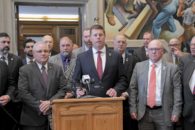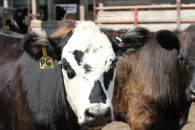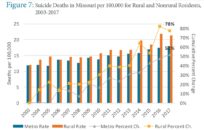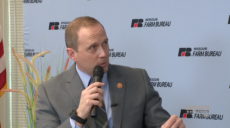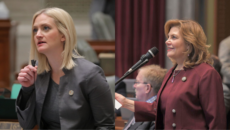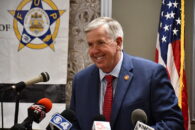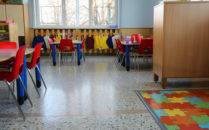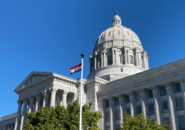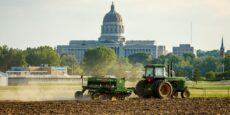As the new school year approaches, the Department of Elementary and Secondary Education (DESE) is emphasizing a safe return to classrooms for Missouri students.
The department issued its new guidelines last week, outlining safety and mitigation strategies for school districts amid rising COVID-19 cases. The state’s guidance aligns with the latest updates from the Centers for Disease Control and Prevention (CDC).
“Our children benefit from in-person learning, and safely returning to in-person instruction in fall 2021 is a priority for our administration. Last school year, we saw more than 85 percent of our schools safely return to in-person learning, and we want to build on this progress,” Gov. Mike Parson said on social media. “In Missouri, we have seen that with proper COVID-19 preventive measures in place, schools offer a controlled and structured environment that is unlikely to increase the risk of students or teachers contracting COVID-19.”
From vaccinations to testing strategies, here’s a look at the state’s recommendations.
Vaccination
The department recommended schools provide teachers, staff, and eligible students information about the vaccines and provide vaccination opportunities to those interested. A vaccine toolkit is in the works from the Missouri Chapter of the American Academy of Pediatrics to inform eligible students who are at least 12 years old about vaccinations.
The guide noted there is no guidance on requiring proof of vaccination for students, encouraging districts to consult legal counsel and local public health officials for insight prior to enacting verification policies.
Unvaccinated students and staff are encouraged to stay away from sports and other close-contact extracurricular activities if they are exhibiting symptoms.
Mask requirements
The state’s masking guidance parallels general health recommendations, encouraging unvaccinated people over the age of 2 to wear masks indoors especially in crowds where social distancing is not possible. Mask requirements, school closures, and other mitigation strategies are left up to individual school boards based on community positivity rates and in consultation with local health officials.
Masks are required on public and private school buses for passengers and students under federal orders, even at schools that do not require masks in classrooms. Schools are to provide masks to students who need them.
Social distancing
The CDC recommended at least 3 feet of distance between students and masking when that distance cannot be maintained. The guidelines also recommended equitable cohorting to reduce contact between teachers, staff, and students without the need to separate vaccinated and unvaccinated students.
Distancing is recommended during lunch and in food service lines for unvaccinated students and staff, as is frequent cleaning and handwashing.
Testing and contact tracing
DHSS is offering a screening testing program for school districts — providing funds, staffing, and communications services through the department for periodic testing. Participating districts are required to conduct regular testing, receive permission from students and parents, and meet staffing and confidentiality standards.
Schools are also encouraged to work with local health departments on contact tracing and mitigation strategies to constrain potential outbreaks. Fully vaccinated individuals are no longer required to quarantine or be tested after close contact with a positive case per CDC guidelines.
The state is encouraging vaccinations as cases surge across the country, including in several parts of Missouri. A pair of vaccine incentive programs were announced last week, with one piquing the interest of more than 100,000 applicants in the first 24 hours.
In the past seven days, 10,990 cases were confirmed across the state with 18 deaths reported. Nearly 2.9 million Missourians have initiated vaccination as of Monday, amounting to 47 percent of the state’s population, while 40 percent have been completely inoculated.

Cameron Gerber studied journalism at Lincoln University. Prior to Lincoln, he earned an associate’s degree from State Fair Community College. Cameron is a native of Eldon, Missouri.
Contact Cameron at cameron@themissouritimes.com.





